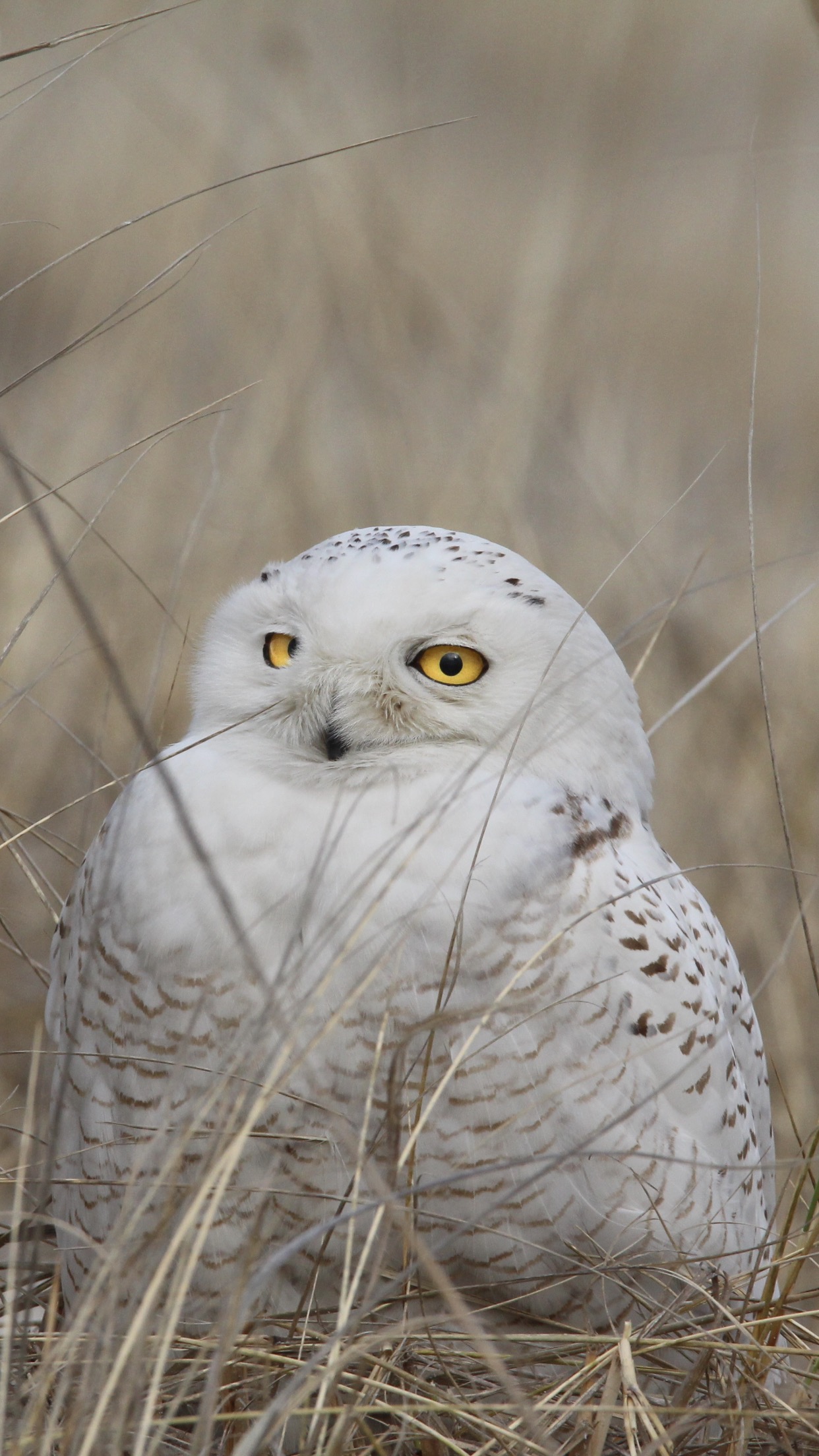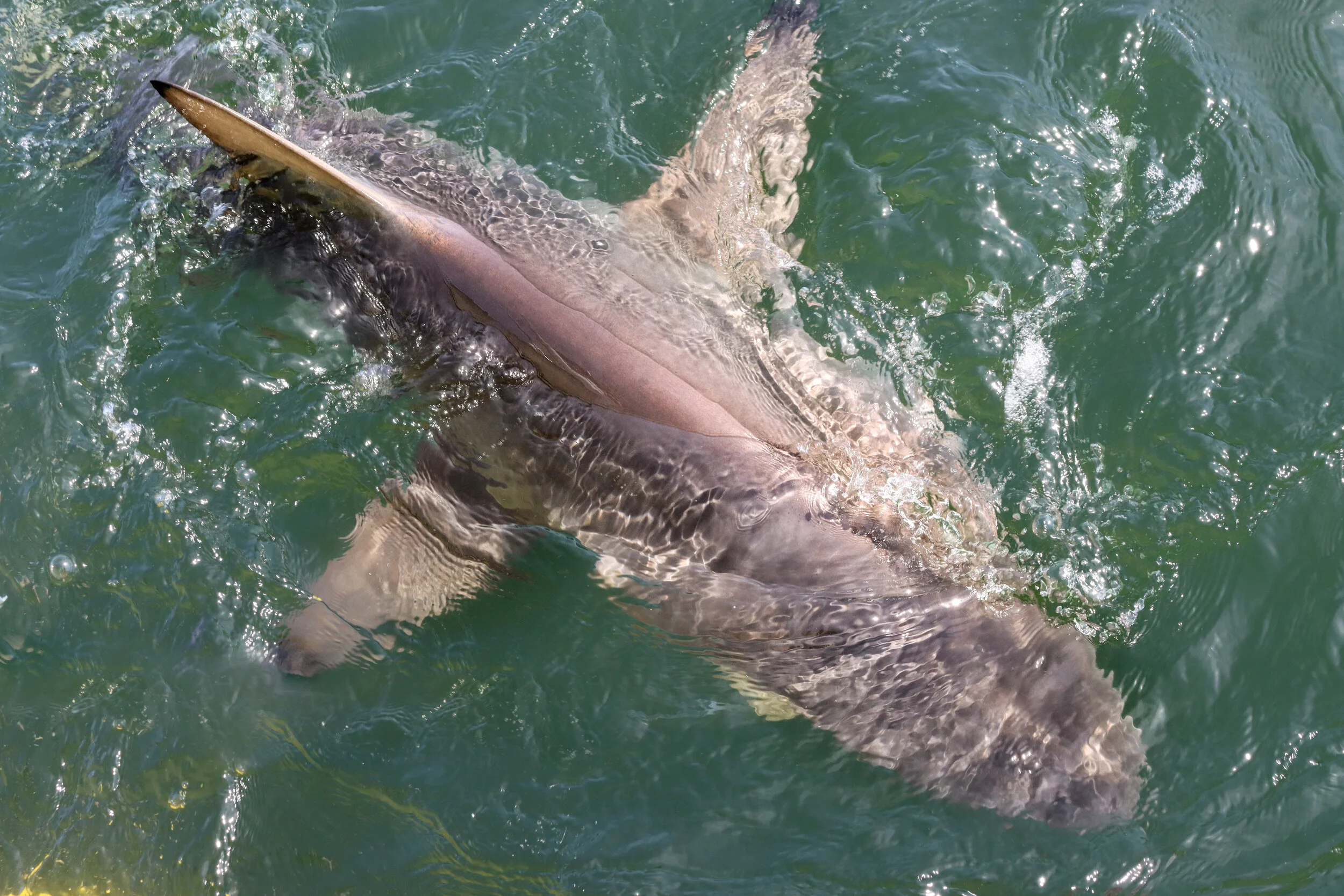#NTVartists: Owls of Long Island Through the Lens of Shane Etter
Words by Rich Nardo
Photography by Shane Etter
Shane Etter is one of the most talented bird photographers on Long Island. His patience and keen eye has resulted in breathtaking shots of some of our Island’s most elusive residents and winter visitors, owls. It’s not uncommon for Shane to spend hours in search of his muse - fighting the biting coastal winds of the frigid south shore or navigating the woods in search of these beautiful birds.
Those willing to brave the cold have seen an increase in owl sightings on Long Island over the past few years. For this month’s blog, we are highlighting Shane’s beautiful owl photography from around Long Island and giving some background on his incredible subjects.
For more of Shane’s photography, please follow him on Instagram.
Snowy Owl
Bubo scandiacus
By far the biggest star (and largest North American owl by weight) of this winter has been the Snowy Owl. These beautiful birds have been making their winter home on both of Long Island’s shores, while spending their summers hunting lemmings, ptarmigan and other prey in the areas of the arctic where there is 24-hour daylight.
Snowy owls are mostly white with varying amounts of black or brown markings. The females tend to have more coloration whereas males are generally a purer white and continue to grow whiter with age.
They are often found sitting on or near the ground in wide-open areas where they hunt small mammals like rabbits or rodents.
Unlike the traditional idea of the nocturnal owl, Snowys are diurnal. As a result, if you’re going searching for them, you’re as likely to see them during the day as you are at night.
One of my favorite stories about Snowy Owls is the claim by John James Audubon, the famous ornithologist who the Audubon Society was named after, that he saw one lying at the edge of an ice hole, where it waited for fish and caught them using its talons!
For some tips on how to respectfully approach or photograph Snowy Owls, please see this article: http://fireislandandbeyond.com/snowy-owls-one-favorite-winter-visitors/
And for more information on Snowy Owls, please visit: https://www.allaboutbirds.org/guide/Snowy_Owl
Great Horned Owl
Bubo virginianus
Great Horned Owls are easily identified by their long, earlike tufts, piercing yellow eyes and deep hoots. They’re incredibly powerful predators that can take down birds and mammals that are larger than they are, but will also prey on smaller creatures like scorpions, mice and frogs. Their clenched talons can require 28 pounds of force to open, and they use that vice-like grip to sever the spine of larger prey like ospreys, peregrine falcons and even Great Blue Herons. They’re also one of the only predators known to feed on skunks.
Great Horned Owls are one of the most common owls in North America and live throughout most environments: including deserts, wetlands, forests, grasslands, suburban backyards and even in some large cities. They can be found from the Arctic north to the tropical areas that occur much further south. They are common in New York and can be found year round.
Great Horned Owls are considered the most dangerous predator to American Crows. If you hear a large group of agitated, cawing crows, it’s very possible that they’re harassing a Great Horned Owl in defense.
The extremely soft feathers of these owls insulate them against cold weather and allow them to fly stealthily in pursuit of their prey. They also have short, wide wings that allow them to expertly maneuver among the trees in a forest setting. Unlike the snowy owls, they’re largely nocturnal.
The pupils in their large, yellow eyes open widely in the dark and their retinas contain an abundance of rod cells that allow for excellent night vision. While their eyes don’t move in their sockets, they can swivel their head more than 180 degrees to look in any direction. They also have facial disc feathers that direct sound waves to their ears and, as a result, have excellent hearing.
For more information on the Great Horned Owl please visit the following links: https://www.allaboutbirds.org/guide/Great_Horned_Owl
http://fireislandandbeyond.com/long-island-wildlife-bird-of-the-week-great-horned-owl/
Eastern Screech-Owl
Megascops asio
Despite being about the size of a pint glass, Eastern Screech-Owls have an unmistakably haunting hoot. They’re supremely good at camouflage and can be found hiding in tree nooks across the United States east of the Rockies.
Much in the way that crows can be found swooping around a Great Horned Owl, small birds such as Blue Jays, Chickadees and Titmice can be found mobbing screech-owls in defense of their group and teaching younger members of the flock that these raptors are a danger to the group.
Red and gray morphs of the Eastern Screech-Owl can be found with about one-third of individuals being red. The further west in the range you get, the less frequent the occurrence of red owls.
Eastern Screech-Owls are often monogamous and mate for life. On occasion a male might take two mates and, in those situations, one female will usually overtake the other and take control of her nest.
For more information on the Eastern Screech Owl, please visit the following link:
https://www.allaboutbirds.org/guide/Eastern_Screech-Owl/
Northern Saw-Whet Owl
Aegolius acadicus
Northern Saw-Whets are one of the most common owls in North American forests. Still, despite their numbers, the reclusive nature of these little raptors make them difficult to find. They are private and nocturnal, so little is known about their migration habits.
Northern Saw-Whets have been known to cross large bodies of water such as the Great Lakes. In October of 1999, one brave little Saw-Whet actually landed on a fishing vessel 70 miles from shore in the Atlantic Ocean off our very own Montauk Point.
Saw-Whets breed in many different forest types, but favor mature stands. This puts them at risk from logging or development projects. People can help maintain Saw-Whet habitat by allowing dead trees to remain standing, as the birds nest in their cavities. They will also readily take to nest boxes on people’s properties.
For more information on Northern Saw-Whet Owls, please visit the following link: https://www.allaboutbirds.org/guide/Northern_Saw-whet_Owl
Barred Owl
Strix varia
The Barred Owl’s call is iconic, often described as sounding like “Who cooks for you? Who cooks for you-all?”. They are beautiful, heavy-bodied owls with haunting brown eyes and brown-and-white striped plumage. They often go unnoticed as they fly high amongst the canopy or snooze silently on a tree limb.
Barred Owls are traditionally thought of as an eastern species, but since the twentieth century, their territory has expanded to the Pacific Northwest and into Canada. As Shane pointed out in one of his Instagram posts, “Unfortunately, Long Island doesn’t have Barred Owls. I’m not sure why, but cross a bridge in any direction and you can find one.”
Pleistocene fossils of Barred Owls that are believed to be over 11,000 years old have been discovered in Florida, Tennessee and Ontario. Despite the recent expansion in Barred Owl territory, individuals tend to be sedentary. 158 birds were banded and later found as part of a recent study, none of these individuals had moved farther than 6 miles during that time.
An incredible sight to see, young Barred Owls can climb trees by grasping the bark with their bill and talons and flapping their wings - essentially walking their way up a tree trunk.
For more information on Barred Owls, please visit the following link: https://www.allaboutbirds.org/guide/Barred_Owl




























Ask any wildlife photographer or explore based on Long Island and they’ll tell you that our home turf does not get nearly the credit it deserves when it comes to species diversity. In fact, I think it’s safe to say that most people think Long Island has a couple of raccoons, a possum here and there, and way too many deer out east and that basically sums it up.
This couldn’t be further from the truth. So for this article, we worked with some of the best wildlife photographers based on Long Island to highlight 10 species that most people might not know we have here.